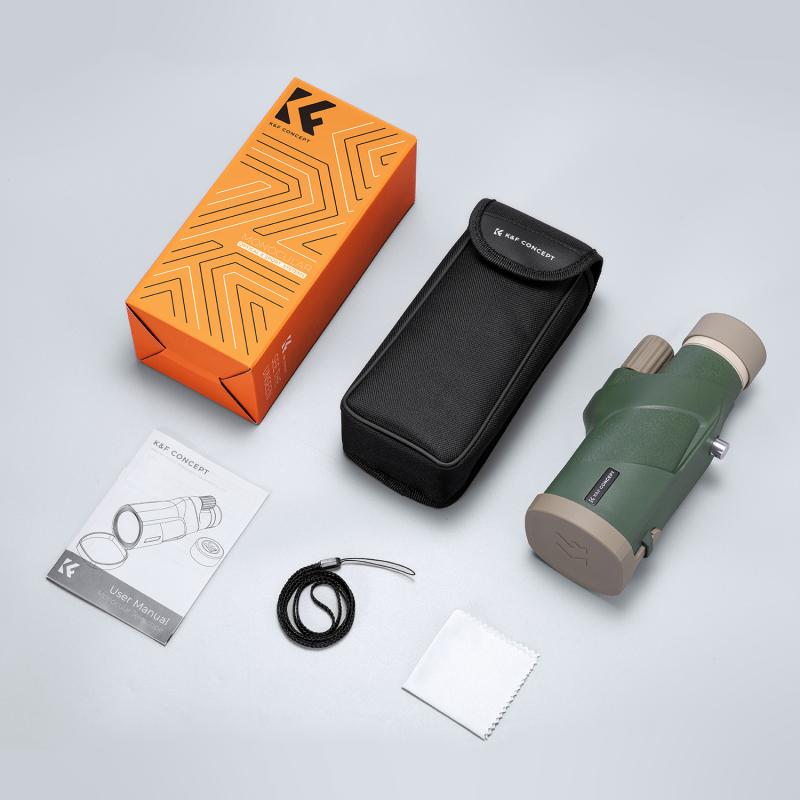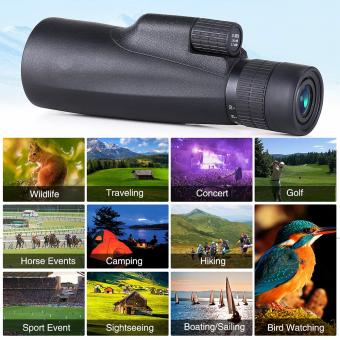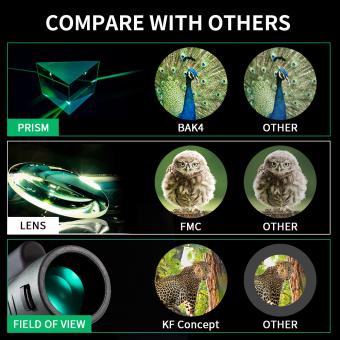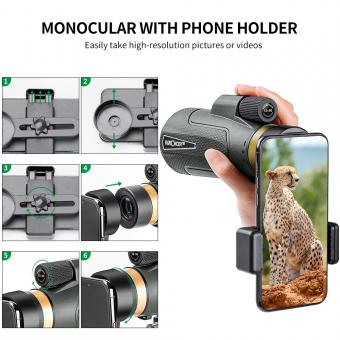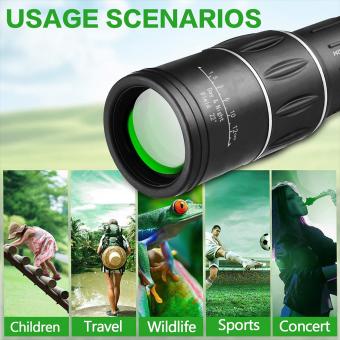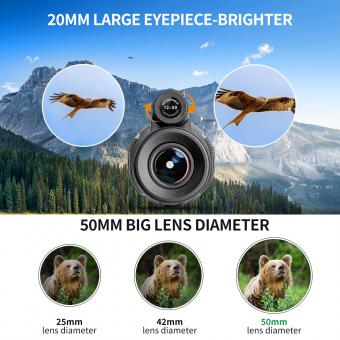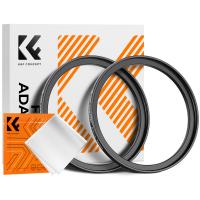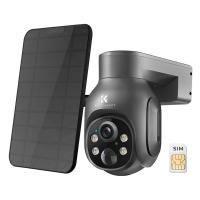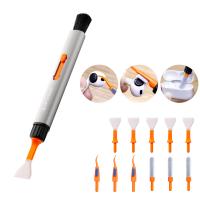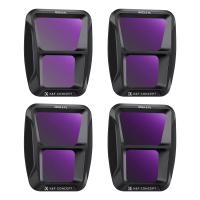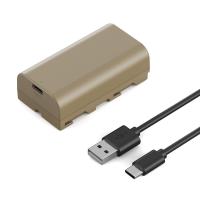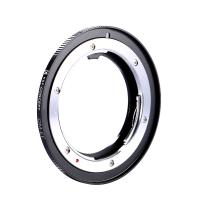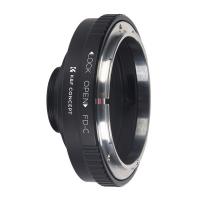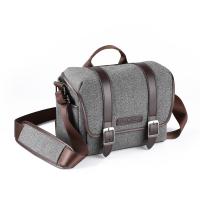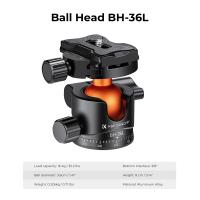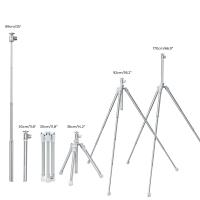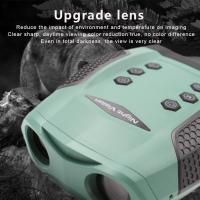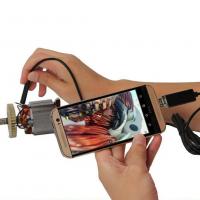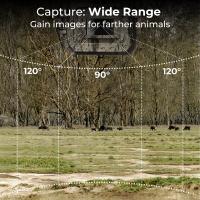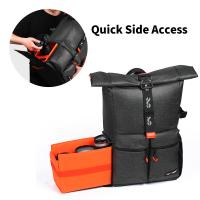How To Use Monocular Distance ?
To use a monocular for distance viewing, hold the monocular up to your dominant eye and adjust the focus wheel until the image appears clear. Look through the monocular and aim it at the object or scene you want to view. Keep your eye focused on the object and adjust the focus wheel as needed to maintain a clear image. Use the monocular to observe distant objects or landscapes with enhanced magnification and clarity.
1、 Understanding Monocular Vision
Monocular distance refers to the ability to perceive depth and distance using only one eye. Understanding monocular vision is important as it plays a crucial role in our daily lives, such as driving, judging distances, and navigating our surroundings.
To use monocular distance effectively, it is essential to consider several factors. Firstly, the brain relies on various visual cues to estimate depth. These cues include size, motion parallax, texture gradient, and linear perspective. By paying attention to these cues, we can accurately judge the distance of objects in our environment.
Size is an important cue, as objects that are closer appear larger, while those that are farther away appear smaller. Motion parallax refers to the relative motion of objects as we move. Objects that are closer to us appear to move faster, while those that are farther away appear to move slower. Texture gradient refers to the change in the appearance of a surface texture as it recedes into the distance. Lastly, linear perspective refers to the convergence of parallel lines as they extend into the distance.
Recent research has also highlighted the role of binocular cues in monocular distance perception. Binocular cues involve the use of both eyes and include stereopsis (the perception of depth based on the slight differences in the images seen by each eye) and convergence (the inward turning of the eyes as an object gets closer). These binocular cues can enhance monocular distance perception and provide more accurate depth information.
In conclusion, to effectively use monocular distance, it is important to pay attention to visual cues such as size, motion parallax, texture gradient, and linear perspective. Additionally, understanding the role of binocular cues can further enhance our ability to perceive depth and distance. By utilizing these cues, we can navigate our surroundings with greater accuracy and safety.

2、 Estimating Distance with a Monocular
Estimating distance with a monocular involves using visual cues and depth perception to determine the distance between objects. Here's how to use monocular distance effectively:
1. Understand visual cues: Visual cues such as relative size, overlap, texture gradient, and linear perspective can help estimate distance. Familiarize yourself with these cues to better interpret the scene.
2. Use relative size: Objects that are closer appear larger, while those farther away appear smaller. By comparing the size of known objects to unknown ones, you can estimate their distance.
3. Observe overlap: When one object partially covers another, it suggests that the covered object is farther away. Pay attention to overlapping objects to gauge their relative distances.
4. Analyze texture gradient: Objects that are closer tend to have more visible details and texture, while those farther away appear smoother. Use this gradient to estimate the distance between objects.
5. Consider linear perspective: Parallel lines appear to converge as they recede into the distance. By observing the convergence of lines, you can estimate the distance between objects and their relative positions.
6. Practice depth perception: Depth perception is the ability to perceive the distance of objects accurately. By training your eyes to focus on different distances and interpreting the resulting visual cues, you can improve your depth perception skills.
It's important to note that estimating distance with a monocular has limitations. It may not be as accurate as using binocular vision or other depth perception techniques. Additionally, factors like lighting conditions, object size, and familiarity with the scene can affect distance estimation. Therefore, it's advisable to use monocular distance estimation as a supplementary tool and rely on other methods when precise measurements are required.
The latest point of view on estimating distance with a monocular involves advancements in technology. Some smartphones and cameras now have depth-sensing capabilities, allowing for more accurate distance estimation using a monocular camera. These devices use algorithms and sensors to analyze the scene and calculate depth information. This technology can be particularly useful in augmented reality applications, where virtual objects need to be placed accurately in the real world. However, it's important to note that these advancements are still evolving, and their accuracy may vary depending on the device and software used.
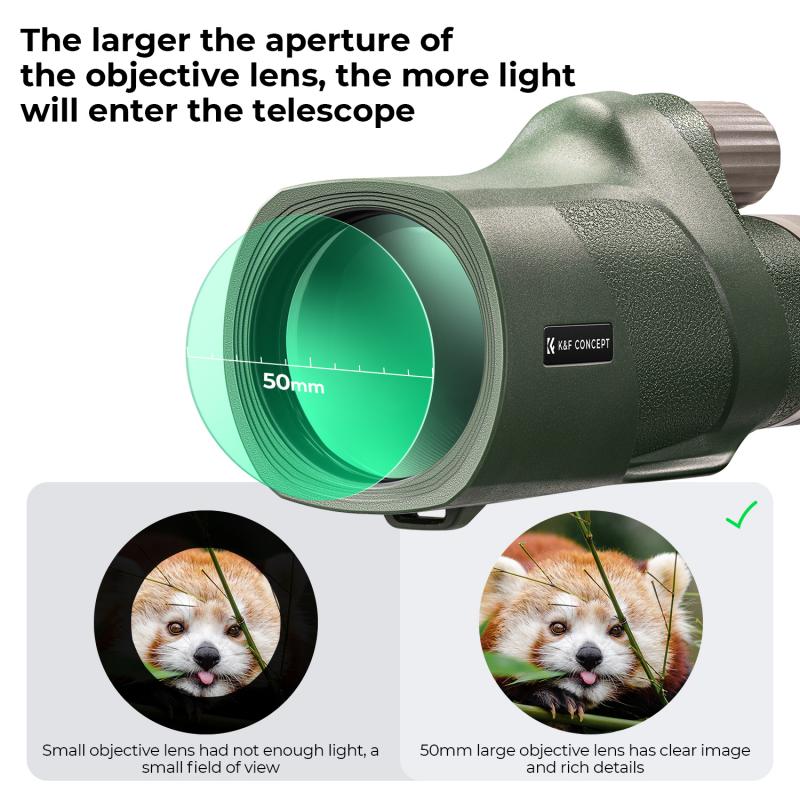
3、 Depth Perception and Monocular Cues
Monocular distance cues are visual cues that allow us to perceive depth and distance using only one eye. These cues are important for our depth perception as they help us understand the relative distances between objects in our environment. One of the main monocular distance cues is known as linear perspective.
Linear perspective refers to the way parallel lines appear to converge as they recede into the distance. This cue helps us judge the relative distance of objects based on the angle at which they converge. For example, if we see two parallel lines, such as railroad tracks, appear to converge in the distance, we can infer that the tracks are getting farther away from us.
To use monocular distance cues effectively, it is important to pay attention to the size, position, and overlap of objects in our visual field. Objects that are closer to us will appear larger, while objects that are farther away will appear smaller. Additionally, objects that are closer to us will appear to overlap objects that are farther away.
Another important monocular distance cue is known as texture gradient. This cue refers to the way the texture of an object appears to change as it recedes into the distance. Objects that are closer to us will have more distinct and detailed textures, while objects that are farther away will have less detailed textures.
It is worth noting that while monocular distance cues are effective in perceiving depth and distance, they are not as accurate as binocular cues, which rely on the use of both eyes. Binocular cues, such as binocular disparity and convergence, provide more precise depth information. However, monocular cues are still valuable in situations where binocular vision is not possible, such as when viewing a photograph or a painting.
In conclusion, monocular distance cues, such as linear perspective and texture gradient, are important for our depth perception. By paying attention to the size, position, overlap, and texture of objects, we can effectively use these cues to judge the relative distances between objects in our environment. While monocular cues are not as accurate as binocular cues, they still play a significant role in our perception of depth and distance.
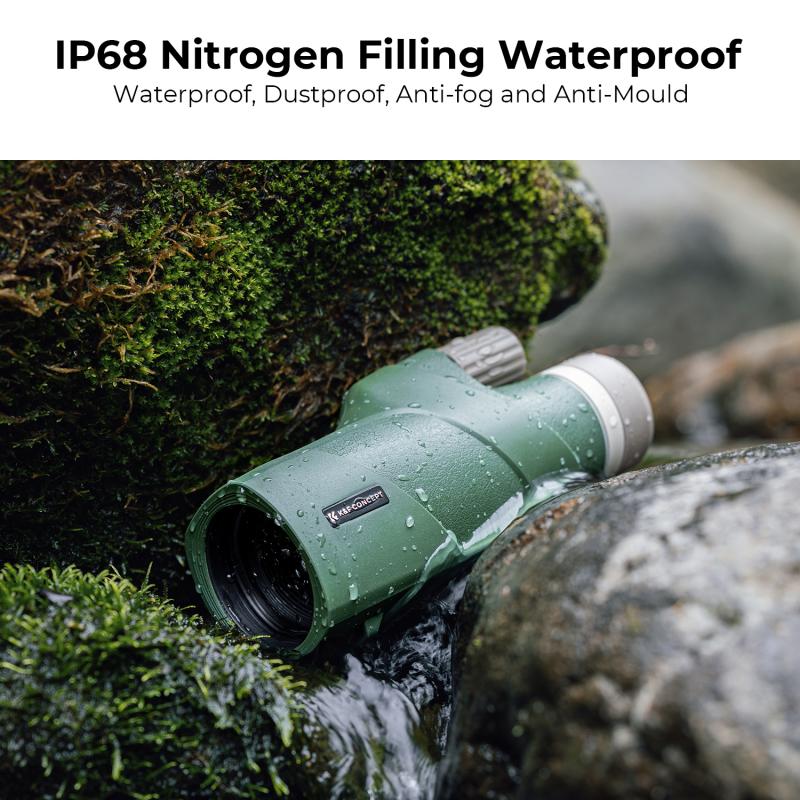
4、 Using Monocular Distance for Navigation
Using monocular distance for navigation involves utilizing the information provided by a single camera or sensor to estimate the distance to objects in the environment. This technique is commonly used in various applications, including autonomous vehicles, robotics, and augmented reality.
To use monocular distance for navigation, the camera or sensor captures images or data from the environment. By analyzing the captured information, algorithms can estimate the distance to objects based on various cues, such as size, perspective, and motion parallax.
One common approach is to use the concept of triangulation. By comparing the size of an object in the image to its known size in the real world, the distance to the object can be estimated. Another method involves analyzing the apparent motion of objects as the camera moves. By tracking the displacement of objects in the image, the distance to those objects can be inferred.
Recent advancements in computer vision and deep learning have significantly improved the accuracy and reliability of monocular distance estimation. Convolutional neural networks (CNNs) have been trained on large datasets to learn the relationship between image features and distance. These networks can now estimate distances with impressive precision, even in complex and dynamic environments.
However, it is important to note that monocular distance estimation has its limitations. It can struggle with accurately estimating distances to objects that are far away or occluded. Additionally, lighting conditions and environmental factors can affect the accuracy of the estimates.
In conclusion, using monocular distance for navigation involves analyzing images or data from a single camera or sensor to estimate the distance to objects in the environment. Recent advancements in computer vision and deep learning have greatly improved the accuracy of this technique, making it a valuable tool in various applications. However, it is essential to consider its limitations and potential sources of error when relying on monocular distance estimation for navigation.
